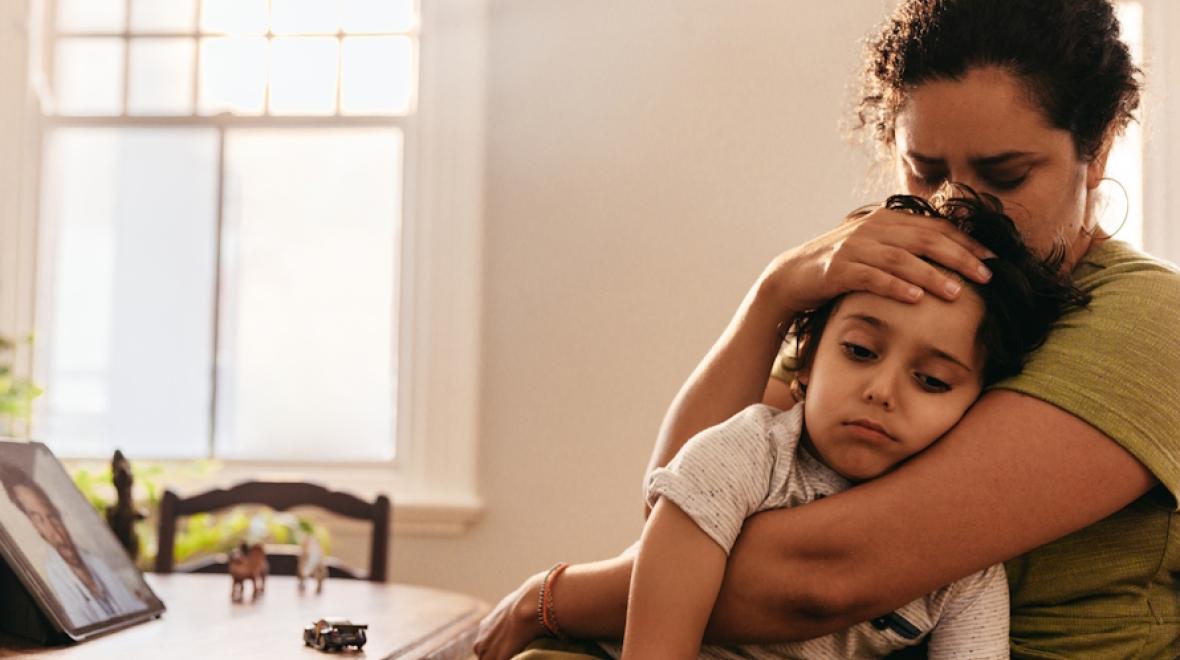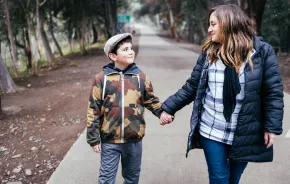
Editor's note: This article was sponsored by the Western Washington Medical Group.
“There is so much to say about rashes,” says Breanne Van Voast, Nurse Practitioner at Snohomish Family Medicine. That’s because rashes are generally a symptom of an underlying cause, and the conditions that can cause rashes are many and varied. But fortunately, the actions parents need to take when a child develops a rash are fairly simple.
“The term rash is really just a description of irritated skin. Rashes can be hives or blisters, they can look flaky or scaly or dry. Some rashes are scattered, and some are clustered,” says Van Voast. Although the appearance of rashes can vary widely, the causes usually fall into one of three main categories – viral, bacterial and dermatitis (skin irritation such as eczema).
Although we tend to think of dermatitis first when we see a rash, the most common cause of pediatric rashes is viral. In children, viral infections often result in rashes alongside the more familiar symptoms of being sick. Bacterial infections like impetigo, strep throat or an infected wound can also cause rashes.
Some rashes have a distinctive appearance. In children up to about nine years old, strep throat can cause a rash around the mouth, diaper area or belly.
“A lot of times strep rash is raised and bumpy. We call it a sandpaper rash; if you rub your hand over it, you’ll feel this kind of sandpaper texture,” says Van Voast. But rashes can’t always be diagnosed visually.
“With rashes, the first thing we start with is history,” says Van Voast. “We want to know where they’ve been, how they’re feeling, and what their whole body looks like.” In the summer, swimmers’ itch is a common bacterial rash, often found on the buttocks.
If your infant or toddler has been sick and develops a rash, it is most likely viral, especially if the rash is widespread over the body. Dermatitis includes heat rash, eczema and allergic reactions. It is more likely to be localized and is suspected if your child has been exposed to something new, such as a new food, laundry detergent or skin care product.
Rashes don’t always require a diagnosis. Most viral rashes and dermatitis can be treated the same way.
“The first line of defense at home is clean skin and antihistamines,” says Van Voast. When parents find a rash, they should clean the area and use either an oral antihistamine (if the child is old enough) or a topical lotion like cortisone cream. In most cases, this will help the rash clear up within a few days.
There are a few exceptions that require prompt medical attention. If the rash looks like big, purple bruises all over the body, parents should call a primary care provider right away.
“This is a significant inflammatory process that we see with Covid and other illnesses that can be concerning,” says Van Voast. Or if the rash appears on the throat or lips, it could indicate internal swelling from an allergic reaction. If the rash is localized but is spreading rapidly or streaking up and down the limb, or if it causes extreme pain, “Then we worry about an infection that is spreading,” says Van Voast. “Also, if your first line of treatment is not working, I would say that’s the time to have a health care provider look at them to evaluate what’s going on.” Rashes that don’t respond to the initial treatment need further investigation and possibly prescription medication.
Because viral rashes are the most common type of pediatric skin condition, the best prevention is to stay healthy.
“Obviously avoiding viral infections – it’s washing your hands to avoid getting sick in general,” says Van Voast. Everything we learned during the pandemic – get vaccinated, mask in crowds, use hand sanitizer when soap and water aren’t available – are useful in avoiding viruses of all kinds, not just Covid. Hygiene practices like wearing shower shoes at the pool can help prevent fungal or bacterial infections, and subsequent rashes as well.
But too much hygiene can lead to dermatitis.
“We are learning that not overusing soap and hot water is a big part of avoiding your dermatitis-type rashes,” says Van Voast. “A good skincare routine is not over drying the skin.” Daily baths are fine if your kid plays hard and gets dirty or needs a warm bath to calm down before bed. But keep the water warm instead of hot, and use gentle, hypoallergenic soaps and moisturizers. Products that contain ceramides create a moisture barrier that is helpful for both treating and preventing rashes.
“Dermatologists commonly prescribe alternating Aquaphor and Vaseline to trap in the moisture and act as a skin barrier from irritants like stool and drool that can cause a rash,” says Van Voast.
Perfumed products, bubble bath and glitter soaps can be fun, but typically contain chemicals that can cause dry skin or allergic reactions, so use them infrequently and rinse thoroughly. If your child has sensitive skin or eczema, or if sensitive skin runs in your family, it’s best to avoid these types of products entirely and stick with hypoallergenic skincare.
“Children of parents who have dry skin, skin sensitivities or psoriasis are more likely to have those same struggles,” says Van Voast. But even if you have never had any skin issues yourself, “We want to be really careful about what we put on babies,” she says. As children get older, you can use patch tests to introduce new products.
Good hygiene and gentle skin care can help prevent and treat most rashes. And when rashes do occur, in most cases they are not serious.
“But if it’s not getting better within the first day or two of trying things at home, have a care provider take a look at it,” says Van Voast. A health care provider can help you examine the big picture to find the root cause of a rash and prescribe the most effective treatment.












